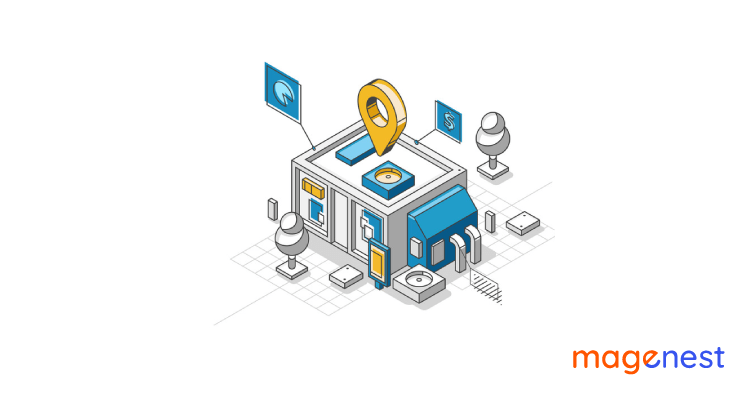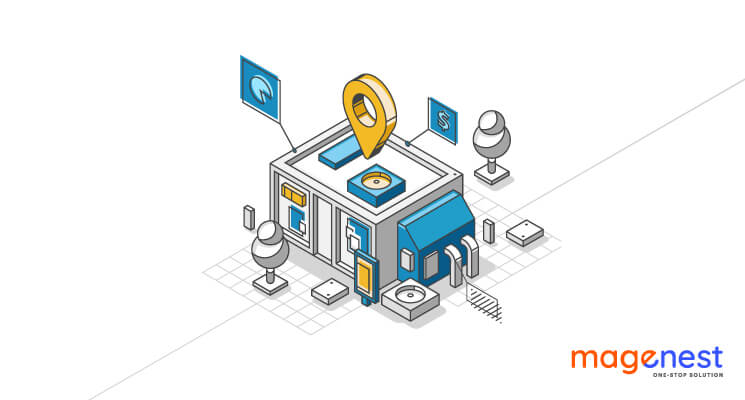Would you like to open your own online store? We understand that the idea of creating an online store can be daunting, particularly if you are not a techie. You're not alone, though.
Many people who are considering how to launch an online shop already have an idea of what items they want to sell. However, if you still don't have a clue, it's best to focus on this first since products would significantly affect how you structure your eCommerce website, manage your inventory, and do marketing.
And today we have decided to design the most detailed guide on how to start an online store.
Common Questions on How to Start an Online Store
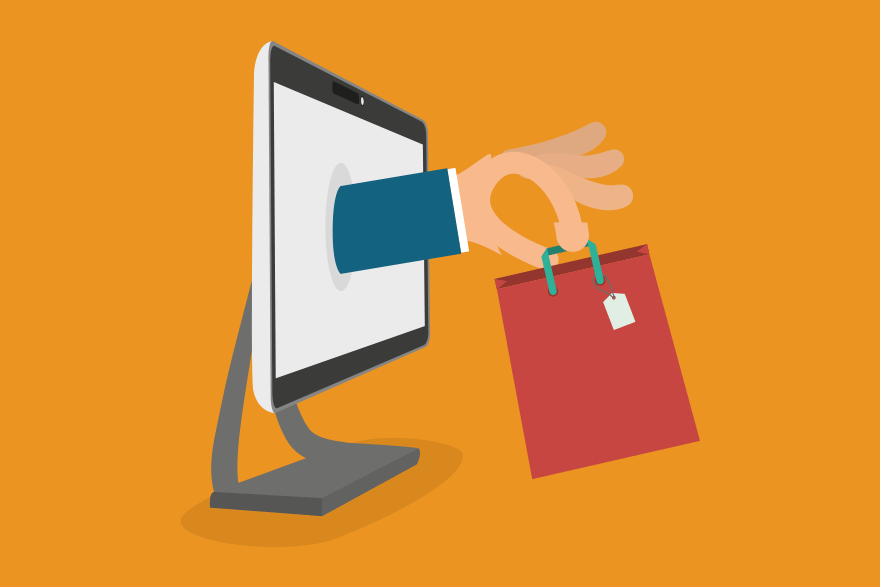
Is eCommerce Profitable?
The eCommerce industry is, indeed, profitable. It is a marathon, not a sprint, to start a profitable company. It can take 18-24 months to get your company off the ground. You shouldn't judge the company's performance based on its first-year profits.
Is it Difficult to Open an eCommerce Business?
No, with platforms like Magento, Shopify, Woocommerce, etc, allowing brands to go online in just a few days, launching an eCommerce company is easier than ever. Starting a brand entails a lot of hard work and extensive market analysis to boost your company.
The important question is how to start an online store. So before you start a business, we highly recommend reading all of this guide on how to start a company.
What are the different types of eCommerce?
In eCommerce, there are four typical business models or styles.
- B2C (Business-to-Consumer).
- B2B (Business-to-Business).
- C2B (Consumer-to-Business).
- C2C (Consumer-to-Consumer).
You can also hear the word D2C (Direct-to-Consumer), which is similar to B2C in that the company sells directly to the consumer.
How much does it cost to start an eCommerce business?
An eCommerce company can be established for as little as $100, which includes a subscription fee and the purchase of a theme for your business. New eCommerce business owners should expect up to $40,000 in business expenses during the first year, which is returned to the owner by profit margins.
What is the best eCommerce platform?
To open an online shop, you'll need eCommerce apps or a website designer. There are many categories of software: open source software, closed source software (also known as proprietary software), basic solutions that cost about 30 euros per month, or more advanced software that costs hundreds of euros per month and provides you with a plethora of choices for your eCommerce platform.
Spend some time researching, taking advantage of free trial options, and assessing different providers. What do you expect from your software, and how quickly can you scale or extend into other markets with this solution?
Here are the five most well-known eCommerce software providers:
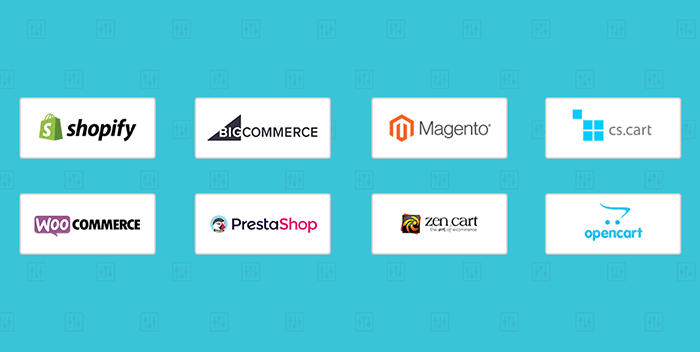
#1 Magento
Magento is an open-source eCommerce platform that provides online retailers with a flexible shopping cart platform as well as control over the look, quality, and features of their online store. Magento has robust marketing, search engine optimization, and catalog management software.
#2 Lightspeed eCommerce
Lightspeed eCommerce is a cloud-based solution designed specifically for omnichannel retailers. It helps them to monitor in-store and online inventory, as well as display and review multi-channel sales results, all from a single system.
#3 Shopify
Shopify is another cloud-based eCommerce solution that powers over 1 million companies globally. Shopify can be used to sell merchandise both online and offline. It provides built-in software for designing and reviewing digital marketing strategies, as well as a centralized dashboard for handling sales, packaging, and payments. You might be interested in reading detailed Shopify review.
#4 Bigcommerce
BigCommerce is a hosted eCommerce solution that allows you to create an online shop in just a few minutes. Real, automated, and service-based goods will all be offered. BigCommerce also offers several integrations, including those for Amazon, eBay, and Facebook Shop.
#5 Woocommerce
WooCommerce is an open-source WordPress e-commerce plugin. It is aimed at small to medium-sized online retailers that use WordPress. The plugin, which was released on September 27, 2011, grew at a rapid pace due to its simplicity in installation and customization, as well as its free base product.
Phases on How To Start An Online Store
The internet evolves at such a rapid pace, however, the fundamentals of developing a profitable online company have not changed. Stick to this instruction if you're only launching a new company online. If you've been online for a while, take a glance and see if there's a move you're overlooking or never got around to doing in the first place.
Phase #1: Choose Products
The items are, of course, the heart of every online shop. The products you sell determine how you do business. For example, if you sell products that are currently in high demand, you can ignite huge amounts of sales in a short period, but what is your long-term strategy for your store? And if in a bad situation, your market is a small niche that is full of dedicated collectors and diehard fans, your goods will likely wait in your warehouse for an extremely long time. Can you even afford this expensive wait?
You must consider not only the kind of goods you want to sell but also where you intend to purchase these items. Do you have any ideas for a local dealer? Are you in close touch with the manufacturer? Do you need to import items from China or another EU country? Certain municipal laws can then apply. Please, once again, do your studies. It is not possible to import a shipload of goods from China without first completing any paperwork.
Here are some other tips to take into account when it comes to how to start an online store:
- Avoid picking a category that’s too unique.
- The price needs to be moderate and reasonable at first.
- Make sure there’s demand.
Phase 2: Research and prepare
Research your competition
You've discovered the product, assessed its potential, and found a trustworthy supplier. But, before you are trustworthy, you have to thoroughly analyze the competitors so you know what you're up to and how you can distinguish your brand from theirs.
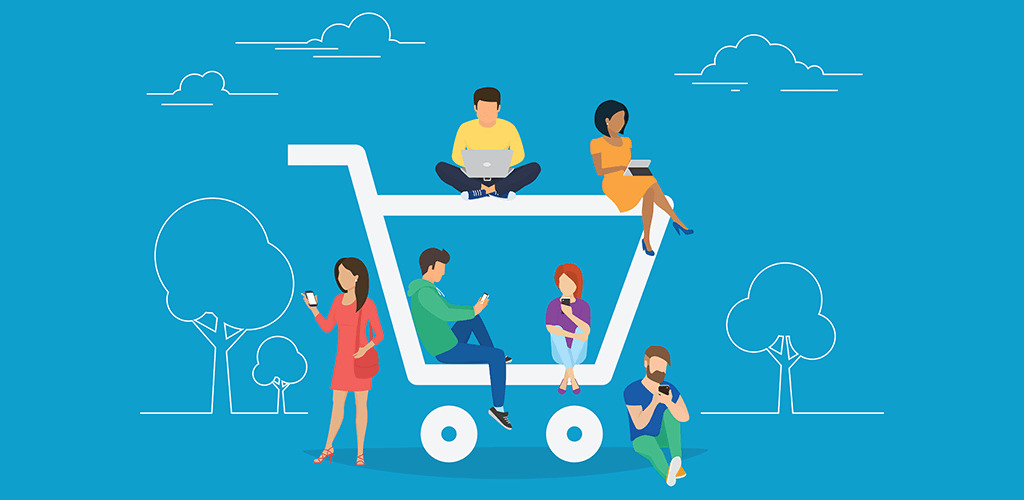
Writing a business plan
Once you've completed your strategic analysis, it's time to set up your detailed business plan. A business strategy is a road map that lets you link your plans and opinions. A business plan is essential for deciding what to target and how to reach out to potential clients effectively.
Phase #3: Set up your business
Aside from figuring out what to sell, another challenging decision is determining your business or brand name and choosing a domain name. After that, it's time to create a basic logo after you've picked a recognizable name and registered a matching domain.
Now that you've nailed down your sale method, you're ready for your small-business web design. Remember to keep it as straightforward as possible. You have less than five seconds to attract someone's attention, or they'll be gone, never to be seen again. Here are a few points to bear in mind:
- Use one or two simple fonts on a white backdrop.
- Make your navigation clear and consistent through all pages.
- Utilizing graphics, audio, or video only if they contribute to the post.
- Include an opt-in offer to gather email addresses.
- Make it easy to order, with little than two clicks between a potential customer and the checkout page.
- Since your website serves as your online storefront, it should be user-friendly.
Phase #4: Preparing to launch
Where to store products
If you're thinking about how to start an online shop, and you've chosen what kind of goods you want to sell and where to purchase them, you'll need a place to put these things. Many small online business owners begin by purchasing products at wholesale rates and storing them at home. When sales are good, they purchase more and ultimately begin renting warehouse storage rooms.
If you've settled on the kind of goods you want to sell and know where to purchase them, you'll need a place to put them away. Most small online business owners begin by purchasing products at wholesale prices and storing them at home. When sales are good, they purchase more and soon begin renting warehouse storage space.
How to ship your orders
When you've determined which things to sell and found a place to store them, it's time to ship them. You may know how to deliver a parcel, but what if orders are pouring in and you need to react swiftly because customers are waiting? How do you ship a large number of products to customers all over the country, or even globally?
Most of the time, this factor is ignored by newbies, but we highly recommend that you have a detailed plan for your shipment process. From our viewpoint, this is among the top 3 most important things of how to start an online store that survives.
How to collect customers' payment
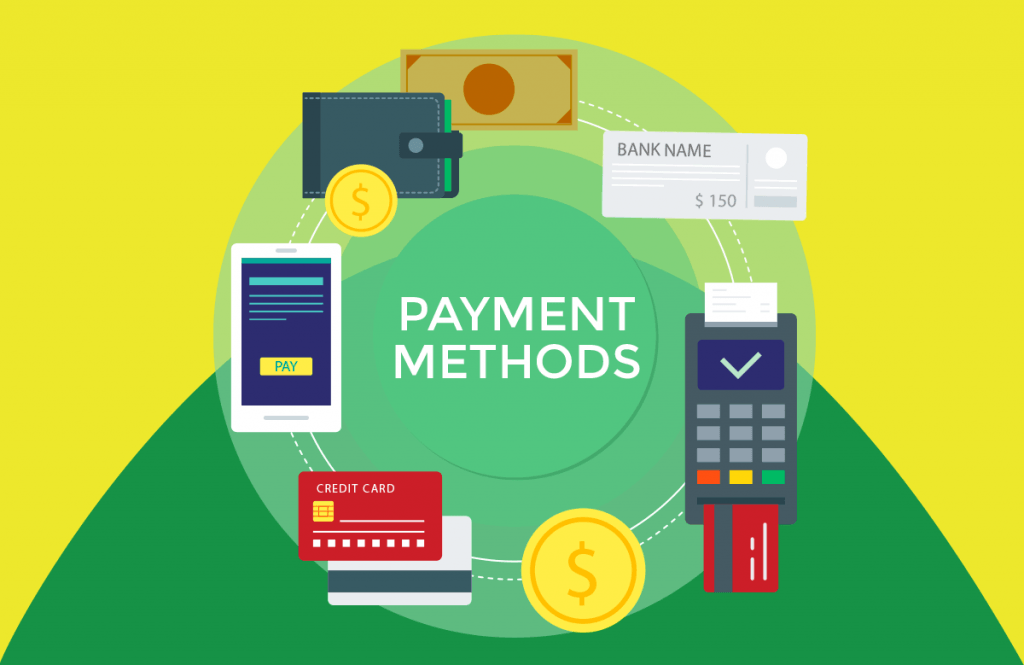
Obviously, when you sell your goods, your buyers will have to pay for them. So how will they do this? On your checkout tab, you must have a variety of payment options. You could only accept one payment form, but this is inconvenient for your customers. Since each customer is unique: some generally pay with PayPal, while some tend to pay with a credit card. Many people like to pay in advance, and others expect to pay only after the goods arrive. Dutch eCommerce regulations also require online stores to provide at least one payment option that allows consumers to pay after purchasing the items.
Phase #5: Post-launch
Acquiring Customers
Customers are essential as they're the ones that purchase your goods, generating sales and, ideally, profits. So how do you get people to buy from you? Customers are paying tourists therefore the first step is to draw traffic to your online store.
How to start an online store? You have to have online customers. You can begin by informing your families, acquaintances, relatives, and colleagues about your eCommerce website, but you can also start by spreading the word via social media. This can happen naturally or by sponsored posts.
Improving Store Visibility on Google Results
One of the most difficult challenges for online retailers is attracting tourists by being prominent in search engines such as Google. Again, this can occur organically, through search engine optimization (SEO), or advertising posts. These are known as search engine ads (SEA).
Getting your store visible in Google is a challenging task that deserves its own chapter. However, apps and content play a key role in this. As a result, it is not a dumb choice to see if the app is designed following Google's guidelines. If you design your own content, it's a good time to learn the fundamentals of SEO and SEA.

SEO has certain advantages that are dependable, high-volume, and profitable for businesses:
- The traffic sources are very consistent, which indicates steady sales for your business.
- Search traffic generally has the largest traffic level of any traffic channel.
- Even at a wide scale, search traffic can be highly lucrative.
If you've attracted tourists, the next step is to convert them into paying customers. You must turn visitors into paying customers. The conversion rate is an important factor in eCommerce. It is the number of visitors who do what you want (in this case, purchase something) out of the total number of visitors. An online store's conversion rate ranges between 2 and 4% on average, which means that if 100 people visit their online store, 2 to 4 of them would leave your online store with at least one order.
Increase your income by back-end sales and upselling.
One of the most effective internet marketing techniques is to increase the lifetime value of each consumer. If you follow up with customers who have already bought from you, at least 36% of them will order from you again. Igniting the first sale is perhaps the most complicated and costly aspect of the process. So, to persuade them to buy again, consider applying these back end selling and upselling strategies:
- Offer goods that are complementary to their initial buy.
- Send them electronic loyalty vouchers that they and their friends/relatives can use for their next visit.
- After they make a payment, offer similar items on your "Thank You" list.
- Send a feedback form for customers to fill in regarding the quality of your goods and services; grant whoever completes the form a voucher may encourage them the next time.
Customers would become much more loyal to your brand if you properly reward them for their loyalty.
Conclusion
So, what are you holding out for? Building your own eCommerce company is both thrilling and difficult. You'll learn a lot through selecting a product, assessing its feasibility, figuring out how to get it manufactured, developing an eCommerce website, and targeting and selling to new buyers at a rapid pace. The method may sound like you're solving a mind-boggling mystery, but it's well worth the time and effort.
We hope that this resource roundup provides you with a better road map regarding how to start an online store. From a beginner to an experienced internet entrepreneur, anyone will benefit from this method of learning how to start an online business.
As always, the best advice anyone can offer is to simply begin and have fun along the way.



